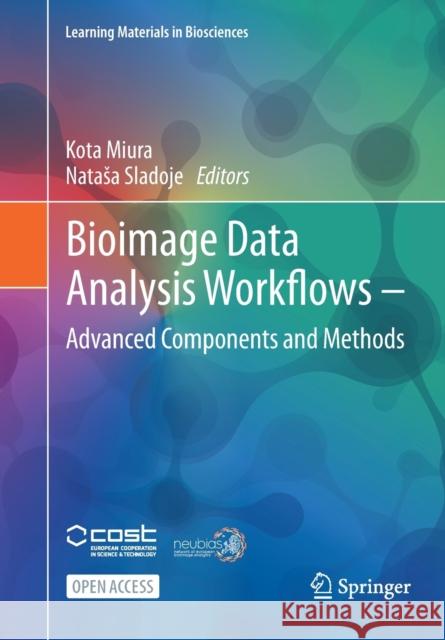Bioimage Data Analysis Workflows ‒ Advanced Components and Methods » książka
topmenu
Bioimage Data Analysis Workflows ‒ Advanced Components and Methods
ISBN-13: 9783030763930 / Angielski / Miękka / 2022 / 217 str.
Kategorie:
Kategorie BISAC:
Wydawca:
Springer
Seria wydawnicza:
Język:
Angielski
ISBN-13:
9783030763930
Rok wydania:
2022
Wydanie:
2021
Numer serii:
000801585
Ilość stron:
217
Oprawa:
Miękka
Wolumenów:
01
Dodatkowe informacje:
Wydanie ilustrowane











